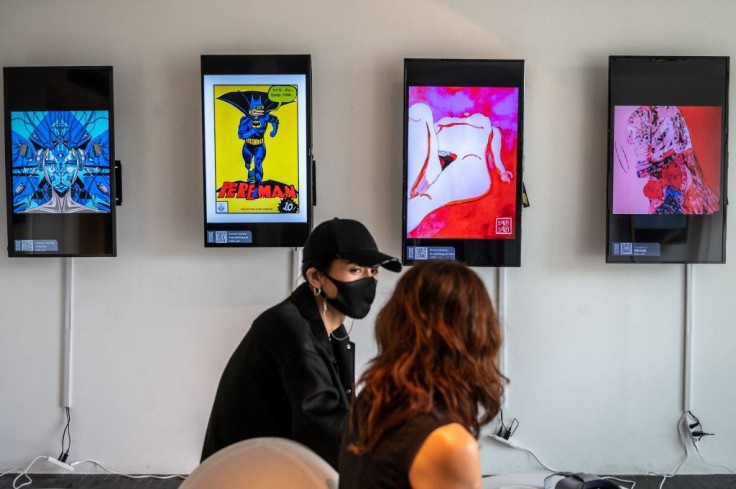
Due to the popularity of non-fungible tokens, several scammers have been selling fake NFTs over the internet as part of their money-making schemes.
Fortunately, there are two ways to spot counterfeit NFTs.
Fake NFT
The marketplace for NFT art has reached a new and fascinating level.
Artists are discovering new options that allow collectors access to great works that represent their values, passions and hobbies in this fast-paced and developing period, per NFT Culture.
Moreover, NFT also provides several opportunities for the artists to take control and go direct to the market through their high-quality and remarkable art.
In addition to this, several NFT projects have already surpassed $1 billion in sales in October alone, per Mintable. Photographs of apes are offered for overpriced rates, while jpegs of rocks are selling for a million dollars.
For this reason, the market is still catching up because of this massive development, and collectors should exercise caution when making large purchases in extremely collectible art.
With so much money circulating, it is no surprise that NFT scammers will shift to using this platform to have their money-making scheme.
NFTs are exchanged on a peer-to-peer system, allowing anyone to purchase directly from their chosen artists. Since NFT has no gatekeepers, everyone has more access which means there is no one to protect consumers from fake NFTs.
2 Ways to Spot a Counterfeit NFT
2. Pictures Taken from The Internet
These are the most basic NFT scams since it involves the least amount of work to set up. However, these are also the simplest to detect, per Mintable. Additionally, these are basicallyphotographs taken from the internet.
By just glancing at them, anybody could determine if these are fake NFTs. However, no one is familiar with every image uploaded on the internet and this reason could lead collectors to buy counterfeit NFTs.
With that being stated, Google Reverse Image search is one of the steps to determine fake NFTs sold.
Through Google Reverse Image, people will be able to know how many different copies of a picture exist online, when it was initially posted, and how long it has been uploaded.
If collectors are doubtful of an NFT, they should perform a fast search to determine if the picture is available elsewhere.
It is probably a fraud and a copyright violation if it wasn't posted by the original artist.
1. Fake Collectibles
In resales, NFT collections could be very expensive.
Since several projects conduct their first sales on their own website, what people see on marketplaces is usually secondary sales.
Differences between genuine resales and replicas may not be clear at the first glimpse since they are published by purchasers rather than the original makers.
Since NFTs contain a contract address, it is worth noting that fake NFTs may have unverified addresses.
For instance, on Mintable, the contract addresses for every NFT are placed at the bottom part of the website. To verify if the said address is authentic, the contract address should be matched with the address indicated on the original creator.
If the said addresses do not match, it only means that the item is a counterfeit NFT.
Aside from the contract addresses, collectors should also be mindful of the suspiciously low-price collectibles.
Due to the NFTs popularity, several websites selling counterfeit NFTs arise as well, and one of the said website is the NFT Bay.
Be Warned of NFT Bay
The NFT Bay is a replica of the prominent torrent network The Pirate Bay, which allows people to download illegal copies of over 15TB of NFTs, per Screenrant.
Even though the idea of NFTs has been around for a few years, the trend took off when digital artist Beeple sold a piece for $69 million.
However, despite the fact that there are many supporters, some NFT critics contend that there is no difference between them and other web photographs that can be downloaded simply by right-clicking.
For this reason, Australian artist and engineer Geoffrey Huntley made the NFT bay which allows users to utilize torrents to get free copies of NFTs individually or as a single bundle.
In addition, it is important to remember that these are just copies of NFTs and not originals, so anyone who downloads them can't claim to be the proprietor.









